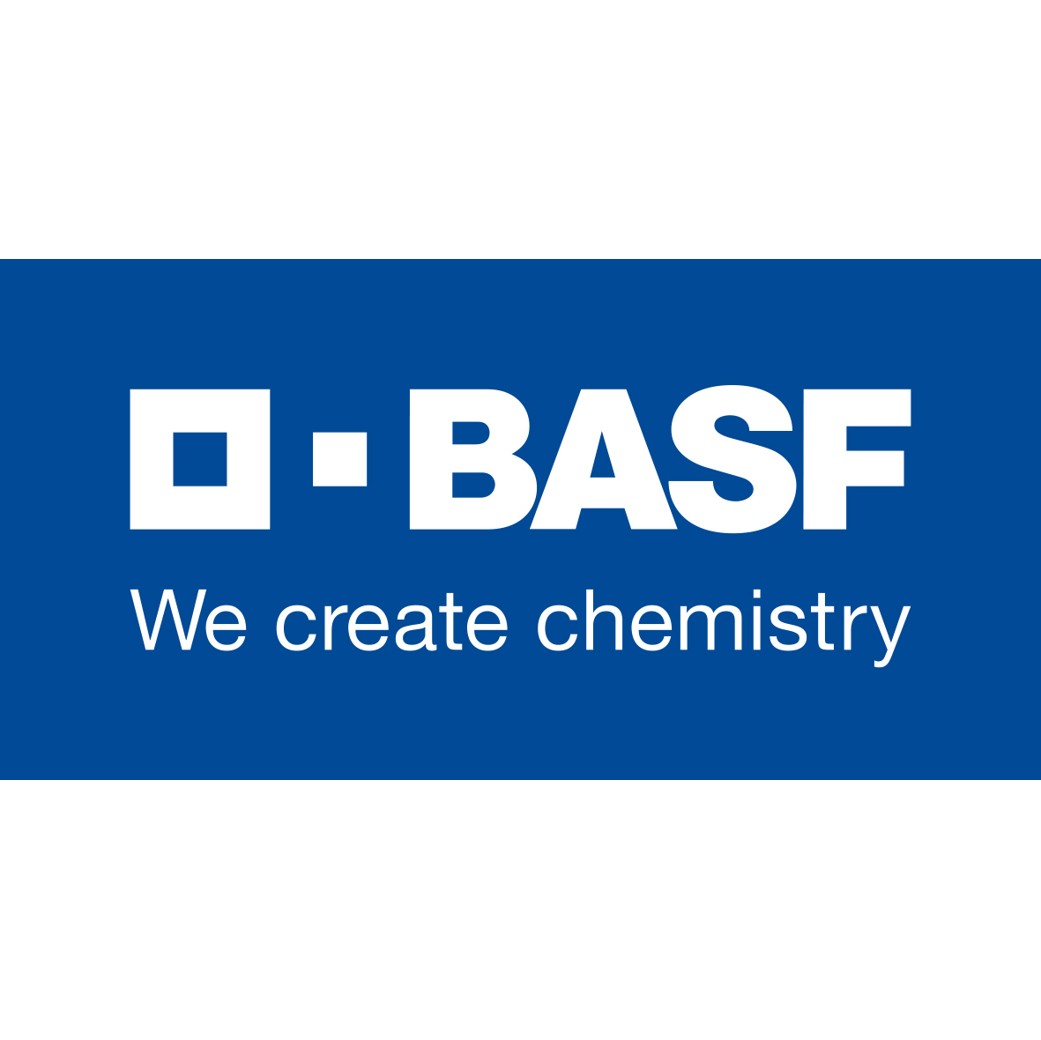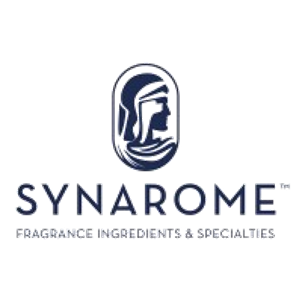
Photo credits: ScenTree SAS
| Company | Ingredient Name | ID | Comments | Naturality | Certifications | MOQ | Purity |
|---|---|---|---|---|---|---|---|
|
|
PHENYLETHYL ALCOHOL NAT | 972375 |
Visit website
|
Molecules |

|
- | - |
|
|
Alcool Phenyl Ethylique - 30 Gr | - |
Visit website
|
- | - | - | |
|
|
PHENYL ETHYL ALCOHOL | M_0066360 |
Visit website
|
Naturel | - | - | |
|
|
PHENYLETHYL ALCOHOL | - |
Visit website
|
- | 10 grs | - |
General Presentation
-
CAS N° :
60-12-8 -
EINECS number :
200-456-2 -
FEMA number :
2858 -
FLAVIS number :
02.019
-
JECFA number :
987 -
Volatility :
Heart -
Price Range :
€
Physico-chemical properties
-
Appearance :
Colorless liquid -
Density :
1,017 -
Refractive Index @20°C :
1.530 - 1.534 -
Optical rotation :
Data not available. -
Vapor pressure :
0.059 mmHg @20°C 0.073 mmHg @25°C -
Flash Point :
102°C (215,6°F)
-
Molecular formula :
C8H10O -
Molecular Weight :
122,16 g/mol -
Log P :
1,3 -
Fusion Point :
-26°C (-14,8°F) -
Boiling Point :
219°C (426,2°F) -
Detection Threshold :
Le seuil de détection de l'Alcool phényléthylique varie selon les personnes, entre 0,015 ppb (ce qui est extrêmement faible) et 1,2 ppm (0,00012%)
Chemistry & Uses
Uses in perfumery :
Phenyl Ethyl Alcohol is used for its stability in rosy floral notes, peony, lilac, hyacinth, freesia. Makes the link between the head and the base of a perfume.
Year of discovery :
Discovered in 1876.
Natural availability :
Phenyl Ethyl Alcohol is present in Damask Rose Absolute (40 to 70%), but in trace in Damask Rose EO as its solubility in water is very low. Phenyl Ethyl Alcohol can be extracted from rose at a high cost, or Geranium EO at a lower cost. It can also be extracted from Ylang-Ylang Extra EO (and other ylang fractions) or Neroli EO.
Isomerism :
Phenyl Ethyl Alcohol does not have any isomer used in perfumery.
Synthesis precursor :
Phenyl Ethyl Alcohol is the precursor for the synthesis of Phenylacetic Aldehyde by reduction and Phenylacetic Acid by oxidation. Several of the esters obtained between fatty acids and Phenyl Ethyl Alcohol are used in perfumery.
Synthesis route :
The synthesis of Phenyl Ethyl Alcohol is common in two ways. The first is a Friedel and Craft reaction reacting benzene with ethylene oxide in the presence of aluminum chloride, followed by a hydrolysis. The second is an oxidation on styrene oxide in the catalytic presence of Raney nickel and sodium hydroxide.
Stability :
Most of the time, the occurrence of a benzenic cycle in a molecule causes a coloration of this molecule through time
Other comments :
In comparision to Phenyl Propyl Alcohol, Phenyl Acetaldehyde and Phenylacetic Acid, PEA has the smell most linked to Damask Rose Absolute and Rose de Mai Absolute. It has a jasmine undernote but does not have the honeyed, green, cinnamic or butyric caracter as the above quoted compounds.
IFRA
IFRA 51th :
This ingredient is not restricted for the 51th amendment
















